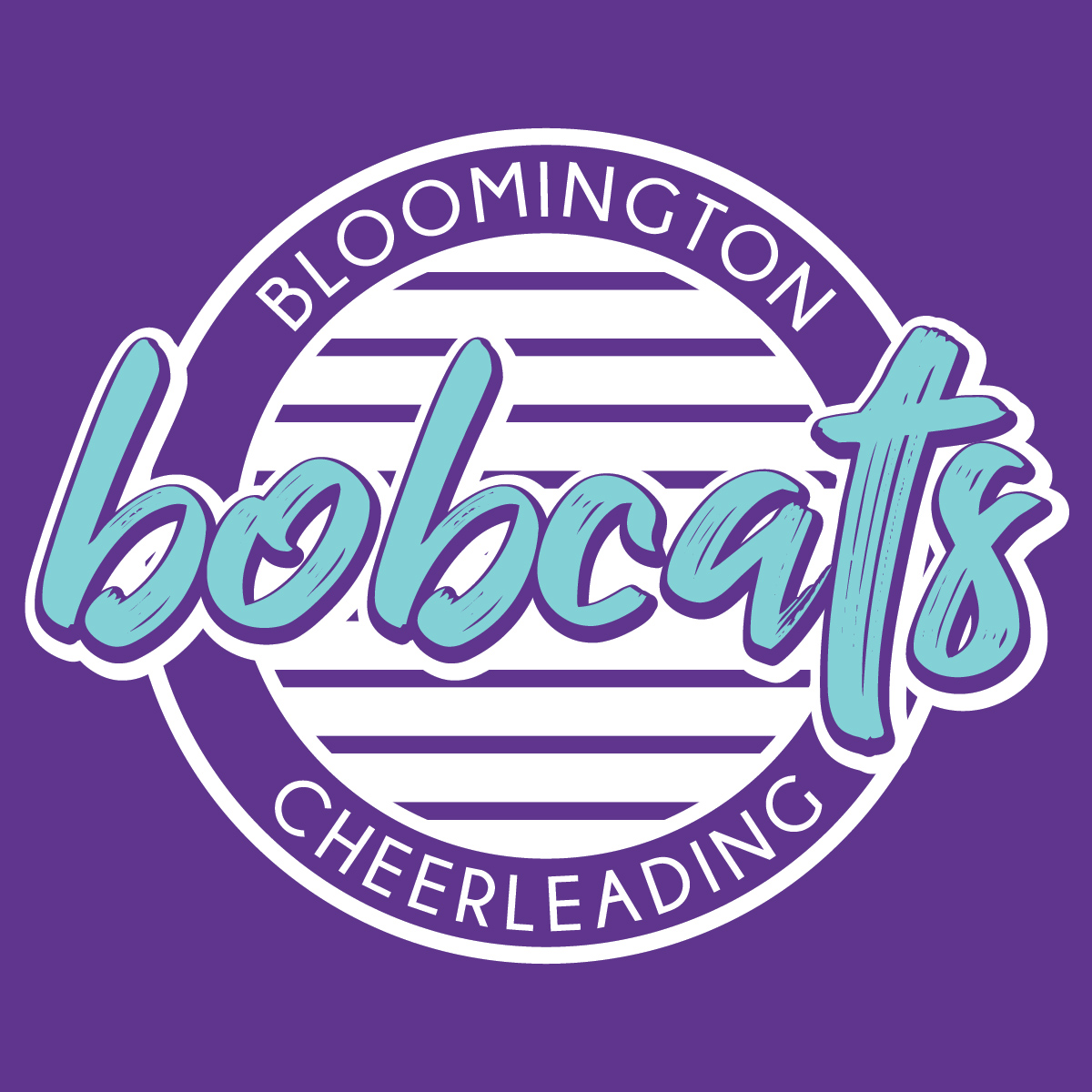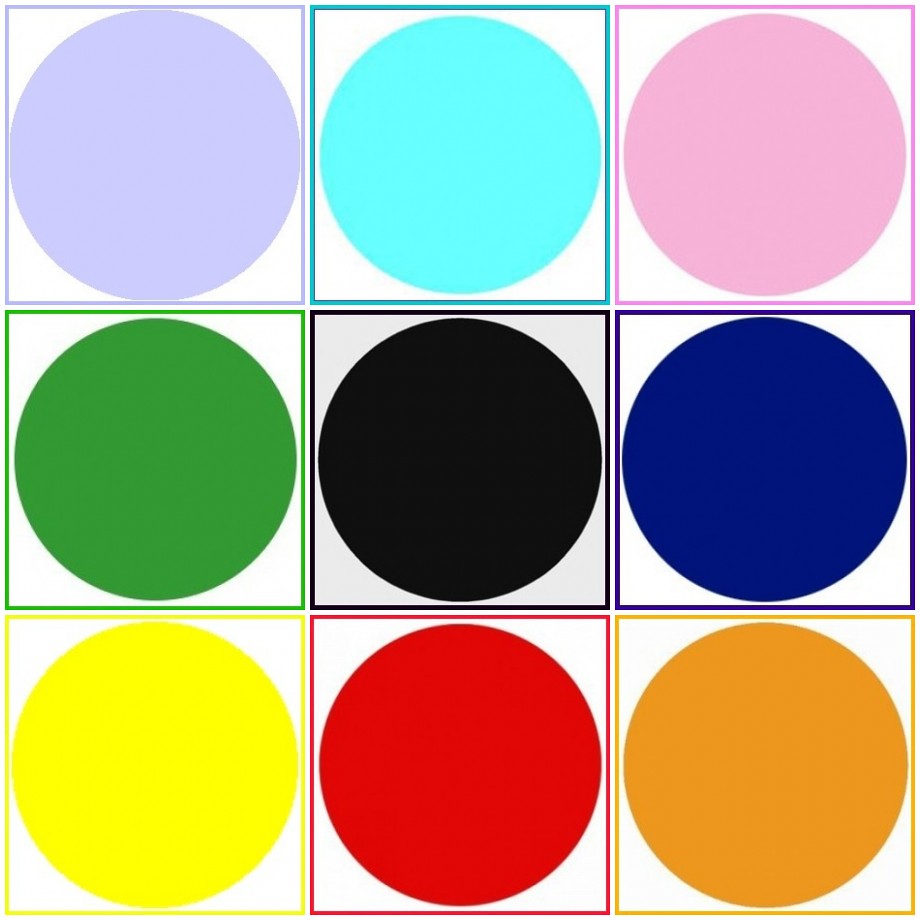Table Of Content

The psychophysical theory behind the color circle dates to the early color triangle of Thomas Young, whose work was later extended by James Clerk Maxwell and Hermann von Helmholtz. All of the buildings epitomize Pelli's slick glass skin design, in a Late Modern idiom that obviously embraces exaggerated planes, unusual shapes, and cheerful colors. Pelli conceived of the buildings as oversized fragments fallen to earth, and indeed that is what they look like. They are united by central courtyards and walkways, but their interiors are much larger than any surrounding landscaped areas. Love it or hate it, the Pacific Design Center has become an icon of glass skin design and construction and a landmark of undeniable impact. Primary colors can not be produced by mixing other colors a color system.
Colors Tutorial
Analogous colors comprise of 2 to 6 colors that sit next to or close to each other on the color wheel. These colors sit on the upper left side of the color wheel. In an analogous color scheme, there is always one dominant color, a second supporting color, and an accent color. The proper combination of colors translate to a specific purpose of a room. For example, bedrooms are usually made with cooler colors such as blue, gray, green, and purple. They send a message that the room is for relaxing and unwinding.
Secondary Colors
A complementary color harmony uses two colors from opposite sides of the color wheel, like red and green. As a quick rule of thumb, reds, yellows, and oranges are warm colors, and blues, greens, and purples are cool colors. This makes RGB an additive, rather than subtractive, color model. Instead of starting with white and subtracting color away from it, RGB begins with black and applies red, green, and blue light sources of varying intensities. A complementary color is the color that is opposite to a given color on the Color Wheel. These colors create a strong contrast when used together, such as blue and orange or red and green.
Primary, Secondary, and Tertiary Colors
Think of primary colors as your parent colors, anchoring your design in a general color scheme. Any one or combination of these colors can give your brand guardrails when you move to explore other shades, tones, and tints (we'll talk about those in just a minute). Analogous colors are a group of three colors next to each other on a color wheel. Just think about leaves on a tree, or the subtle differences in the color of the water when looking out at the ocean. An analogous color scheme is quite harmonious and can help tie different elements together in a design.

Welcome to our page on the color wheel and how to use it for matching colors for your interior design projects. From green trees to white clouds, to yellow sunshine and gray storms, we are immersed in the beauty reflected by colors. Inspired by nature, we have adapted colors to our clothes, homes, personal grooming, toys, and educational materials. We have learned how to mix and match the colors to set a specific mood, theme, or genre.
What Colors Go with Red? Try These Picks - PureWow
What Colors Go with Red? Try These Picks.
Posted: Wed, 04 Oct 2023 07:00:00 GMT [source]
The complement of an intermediate colour will always be another intermediate colour. Color schemes are logical combinations of colors on the color wheel. Colors that create an aesthetic feeling together commonly appear together in color schemes. A basic color scheme uses two colors that look appealing together.
By understanding color theory basics, you can begin to parse the logical structure of color for yourself to create and use color palettes more strategically. The result means evoking a particular emotion, vibe, or aesthetic. The color wheel can also be split between warm and cool colors.
If the yellow and blue pigments are mixed, green will be produced, since it is the only spectral component that is not strongly absorbed by either pigment. In a sense, the yellow and blue pigments take colour away from one another, leaving only a green colour; hence, the RYB colour model is also called a subtractive colour system. Tertiary colors are the colors that are created by mixing a primary color with a secondary color. They are yellow-green, blue-green, red-orange, yellow-orange, blue-purple, and red-purple. Secondary colors are the colors that are created by mixing two primary colors. They are green (yellow + blue), orange (red + yellow), and purple (red + blue).
Color schemes can also contain different shades of a single color; for example, a color scheme that mixes different shades of green, ranging from very light (almost white) to very dark. Digital artists and those working with coloured light use the RGB colour model, an additive colour system named for its primary colours red, green, and blue. It is thus considered more accurate than the RYB colour model in modern colour theory. Additive mixing occurs where the beams overlap (and thus are added together). If more red light is added or if the intensity of the green light is decreased, the light mixture becomes orange. Digital displays that emit light, such as computer monitors or televisions, use the RGB colour model to produce images.
Goethe's Theory of Colours provided the first systematic study of the physiological effects of color (1810). His observations on the effect of opposed colors led him to a symmetric arrangement of his color wheel anticipating Ewald Hering's opponent color theory (1872). Hues are important to remember when combining two primary colors to create a secondary color. If you don't use the hues of the two primary colors you're mixing together, you won't generate the hue of the secondary color. This is because a hue has the fewest other colors inside it.
As the name suggests, this color scheme takes inspiration from nature. An example is a flowering plant that has bright green leaves and bloody red flowers. Red and green in the color wheel is considered complementary.
Complementary colors sit opposite each other on the color wheel. These colors, when paired together, bring out the best in each other. Examples of complementary colors are yellow and purple, blue and orange, and red and green. Complementary colors bring out the maximum contrast and maximum stability. The RGB color wheel, used in digital displays and photography, is based on the primary colors Red, Green, and Blue, which create colors with light.
The color circle is a useful tool for examining these illusions. Moses Harris worked with paint (Newton worked with light) following a theory (by a French painter) that all colors are mixtures of Red, Yellow, and Blue pigments. Understanding color theory is the first step to opening a world of possibilities and working with the rainbow of colors.
In other words, a digital screen begins as black before mixing up different quantities of blue, green, and red colors to produce colors that are visible to the eyes. Monochromatic color schemes use a single color with varying shades and tints to produce a consistent look and feel. Although it lacks color contrast, it often ends up looking very clean and polished.

No comments:
Post a Comment